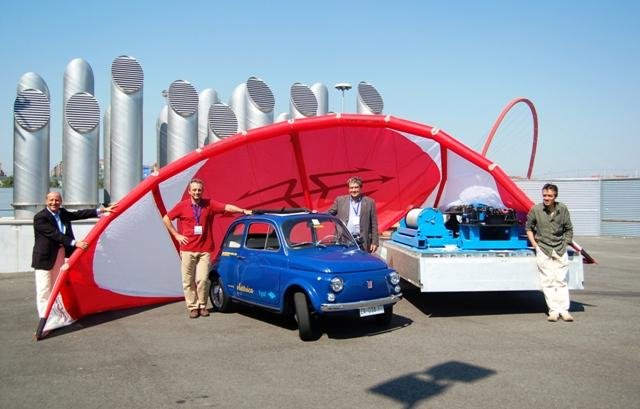1. Resignation.
We call upon Silvio Berlusconi to resign immediately from his post as Presidente del Consiglio dei Ministri. In no other democratic country would a Prime Minister, faced with such serious legal accusations, remain in office longer than a few hours. All Italian citizens, of whatever political persuasion, must realise that the image of their country is profoundly tainted if Berlusconi remains in office.
2. Attendance in court.
We call upon Silvio Berlusconi not to defend himself on television, using his substantial mediatic power to discredit the magistrates, but to present himself in court and seek to defend himself there, as would any normal citizen. Once in court, he can in any case hope to benefit from the services of the highest paid lawyers in the country. We sincerely hope, for his sake and that of the country, that he is able to demonstrate his innocence. If he and his supporters reply that the judges are irremediably biased against him, we would like to point out that on more than one occasion in the past he has been given the benefit of the doubt by the courts. In the Mondadori case, for example, the court judged in 2001 his position as Head of Government to be part of the ‘extenuating circumstances’ which in his case alone allowed the crime to be prescribed.
3. The role of the President of the Republic
In a situation in which two of the principal powers of the state – the magistracy and the executive – are on a head-on collision course of considerable danger for the future of the Republic, we call upon its President to observe closely the situation and to be prepared to intervene actively, naturally within the limits of the powers ascribed to his office by the Constitution.
4. The opposition parties
We call upon all the parties of the opposition to put aside their differences and to abandon any jockeying for position, uniting instead their voices in a single request of a single word: RESIGNATION.
5. Civil Society
We invite the many associations and the hundreds of thousands of members of civil society to do the same, pooling their resources and joining hands on a single line of action. We would particularly appeal to Catholic civil society to deplore the hesitations and silences of the Vatican on so important an issue of public ethics.
6. The friends of Italy in the world
We have written this appeal in English as well as Italian in order to reach all those abroad who are friends of Italian democracy. Do not despair of Italy! The country needs your solidarity and help.Gustavo Zagrebelsky, Paul Ginsborg e Sandra Bonsanti per tutta Libertà e Giustizia
I completely agree and I repost it here. Original on the “Libertà e Giustizia” website.





